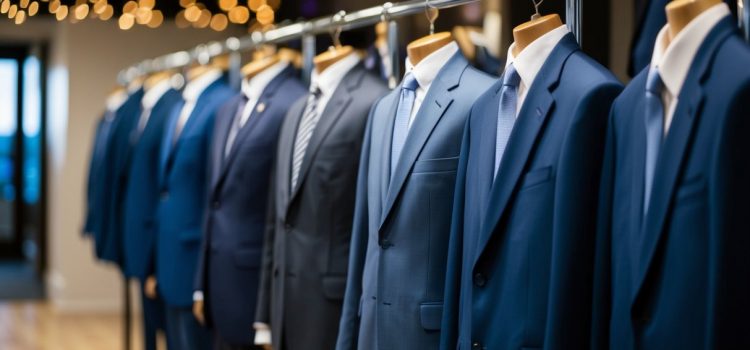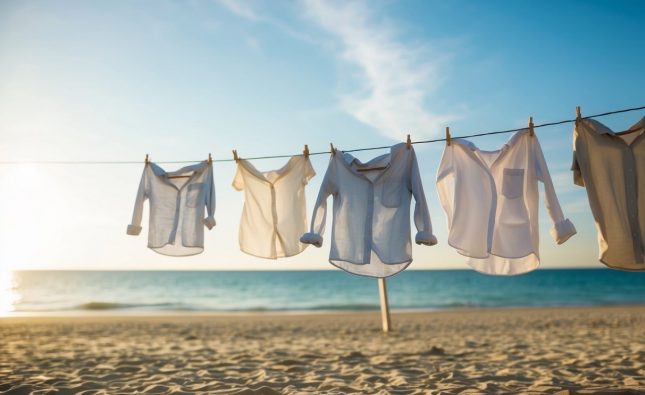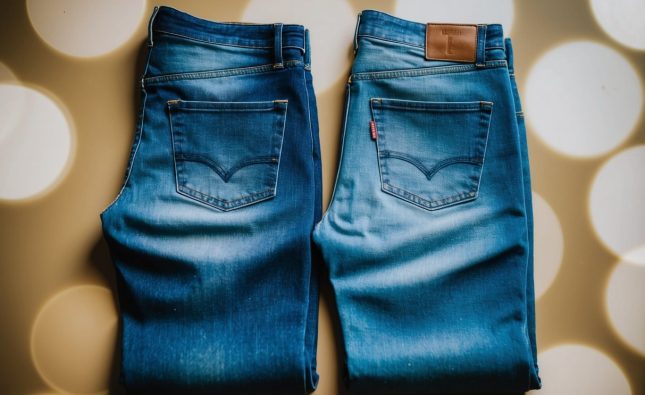
When it comes to formal suits, the choice between single-breasted and double-breasted styles can significantly impact the wearer’s appearance and style. Single-breasted suits are generally considered more versatile and easier to dress up or down, while double-breasted suits offer a more structured and sophisticated look. This distinction can guide a person’s decision when selecting attire for various occasions.

Single-breasted suits feature a row of buttons down the front, typically ranging from one to three. This design creates a streamlined silhouette, making it a popular choice for both business and social events. In contrast, double-breasted suits, with their overlapping fronts and larger number of buttons, convey a sense of elegance and formality, often favored for upscale events or when making a strong style statement.
Understanding these differences is essential for anyone looking to enhance their wardrobe. The choice ultimately depends on personal style, body type, and the impression one wishes to make. Each type has unique benefits that cater to varying preferences and occasions.
History and Evolution of Formal Suits
Formal suits have evolved significantly over the centuries, reflecting changes in fashion, culture, and societal norms. Two prominent styles, the single-breasted and the double-breasted suit, each have unique histories that highlight their distinct features and cultural significance.
Origins of Single-Breasted Suits
The single-breasted suit has roots in 19th-century England. Originally worn by the upper classes, this style was influenced by the tailcoat and later the frock coat.
As men sought more comfortable attire during the Victorian era, the single-breasted jacket emerged as a practical alternative. It featured a streamlined silhouette with a single row of buttons, allowing for ease of movement.
By the early 20th century, the single-breasted suit became the standard for formal wear. Its versatility made it popular for various occasions, from business to social events.
Development of Double-Breasted Suits
The double-breasted suit traces its origins to military uniforms of the late 19th century. Its design included a front that overlapped, featuring two rows of buttons, providing additional insulation and a structured appearance.
This style began gaining popularity in the early 20th century among fashionable men. The double-breasted suit was often associated with power and authority, making it a favorite among businessmen and politicians.
In the 1930s, it reached peak popularity, often seen on Hollywood stars and influential figures. While its popularity waned mid-century, it saw a resurgence in recent decades, appreciated for its bold aesthetic and sophisticated presence.
Design and Aesthetics
The design and aesthetics of formal suits influence their overall appeal and suitability for different occasions. Both single-breasted and double-breasted suits offer unique characteristics that define their style.
Characteristics of Single-Breasted Suits
Single-breasted suits feature a front that has one row of buttons, typically ranging from one to three in number. This design offers a streamlined and slightly modern silhouette, appealing to a variety of body shapes.
They are often considered more versatile, suitable for both formal and semi-formal settings. The single-breasted style tends to create a flattering visual line, elongating the torso.
Fabrics for these suits vary widely, from classic wool to lighter materials, allowing for seasonal adjustments. Colors and patterns also play a significant role, with darker shades reflecting a traditional aesthetic while brighter colors offer a more contemporary vibe.
Characteristics of Double-Breasted Suits
Double-breasted suits consist of two parallel rows of buttons, typically with four or six buttons. This design tends to create a more structured look, often associated with authority and sophistication.
The overlapping flaps provide a distinguished appearance, which can enhance the wearer’s frame. This suit style usually features wider lapels, adding to its bold profile.
Double-breasted suits are often favored for formal occasions and business settings. They require careful consideration of fit, as they can appear bulky if not tailored correctly.
A variety of fabrics is available, where heavier options work well in cooler months, while lighter textiles provide comfort in warm climates.
Comparing Silhouettes and Profiles
The silhouette of a single-breasted suit is typically narrower, giving a sleek profile that allows for easy movement. This design is often favored for its ability to complement various body types, enhancing the wearer’s shape without overwhelming it.
In contrast, the double-breasted suit presents a broader silhouette. This style can create an image of robustness and authority, but it may not suit all body types.
Fit plays a crucial role in how each suit style presents. A well-fitted single-breasted suit can look sharp, while tailored double-breasted suits enhance the structured aesthetic without feeling cumbersome.
Choosing between the two often depends on personal style, body type, and the intended occasion.
Occasions and Suitability

Choosing between single-breasted and double-breasted suits often depends on the event and personal style. Understanding the suitability of each type can help in selecting the right suit for any occasion.
Formal and Business Events
Single-breasted suits are the preferred choice for formal settings such as corporate meetings, presentations, and black-tie events. Their sleek, streamlined design conveys professionalism and elegance.
In contrast, double-breasted suits offer a more authoritative appearance, making them suitable for high-stakes business meetings or formal dinners. The overlapping front not only adds sophistication but also provides a broader silhouette, enhancing the wearer’s presence.
For black-tie occasions, double-breasted suits are often favored due to their luxurious appeal. They pair well with bow ties or formal neckties, making them ideal for events like galas and weddings.
Casual and Versatile Styling
Single-breasted suits excel in versatility, making them suitable for a range of casual settings. They seamlessly transition from day to night, easily incorporating elements like patterned shirts or relaxed ties. Their lighter construction allows for comfortable wear in less formal environments.
Double-breasted suits can also fit into casual scenarios but require careful styling to avoid looking overly formal. Pairing them with chinos or casual shoes can create a smart-casual look, though it’s essential to maintain balance in the outfit.
Style enthusiasts often embrace layering with double-breasted suits, enhancing their casual appeal. Mixing textures, such as pairing a wool blazer with cotton trousers, can make this style approachable without sacrificing sophistication.
Choosing Based on Body Type and Personal Style
Personal style and body type significantly influence the choice between single-breasted and double-breasted suits. Single-breasted styles generally accommodate various body shapes, providing a clean look that flatters most figures.
In contrast, double-breasted suits tend to suit individuals with taller, leaner body types. The structured design can overwhelm shorter or broader frames if not tailored properly.
Seeking guidance from a tailor can ensure an ideal fit for any suit style. The right size and cut enhance the wearer’s natural shape, helping to achieve a polished appearance. Individuals should also consider their personal style preferences when choosing between these options, focusing on comfort and confidence in their selection.
Care and Maintenance
Proper care and maintenance of formal suits is essential to ensure longevity and preserve their appearance. Attention to specific details can differentiate the upkeep of single-breasted and double-breasted suits.
Preserving the Structure of Single-Breasted Suits
Single-breasted suits benefit from regular maintenance practices. Dry cleaning is recommended sparingly, as excessive cleaning can damage the fabric.
Ironing should be performed using a low-temperature setting. It is advisable to use a pressing cloth to avoid direct heat on the fabric. Hanging the suit on a sturdy, padded hanger helps maintain its shape.
Storing the suit in a breathable garment bag prevents dust accumulation. A good rule of thumb is to rotate the wear of suits to allow them to rest.
Wool suits may require occasional de-pilling. Investing in a fabric brush helps keep the suit looking fresh.
Maintaining Double-Breasted Suits
Double-breasted suits need slightly different care due to their design. Similar to single-breasted suits, they should not be over-dry cleaned.
When ironing, the same low-temperature approach applies. A pressing cloth is crucial to prevent fabric damage, especially around the lapels.
Careful storage is key; hanging the suit ensures it retains its structure. A garment bag can provide extra protection against dust and environmental factors.
Double-breasted suits often have structured shoulders. Keeping them padded is advisable to retain shape. Regular checks for loose buttons can prevent larger issues down the line.
Lastly, smoothing out wrinkles can be done by steaming the suit, as steam is gentler on the fabric than direct ironing.












